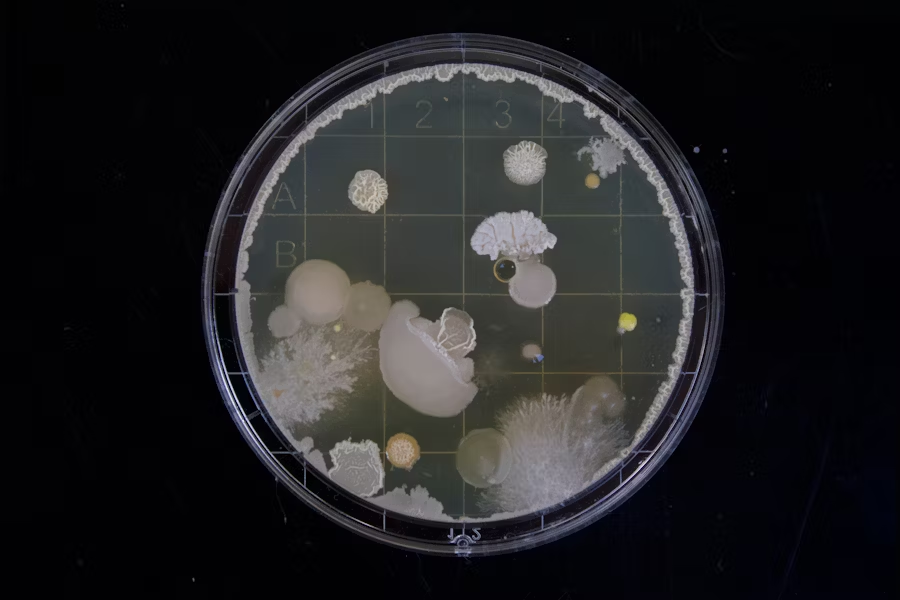A deadly flesh-eating bacterium has struck Florida’s shores, causing at least seven reported illnesses and claiming four lives.
The recent fatalities occurred across Bay, Broward, Hillsborough, and St. Johns counties, as health officials confirm the bacteria is rapidly spreading throughout the state (CBS News).
Authorities are issuing serious warnings about the heightened risk this summer, urging the public to remain vigilant. Beyond the four tragic deaths, at least seven additional individuals have fallen ill.
Since 2016, Florida has recorded 448 cases linked to this dangerous bacterium, resulting in 100 deaths. The outbreak has extended to other counties including Santa Rosa and Manatee, signaling a growing public health concern (CBS News).

According to the Centers for Disease Control and Prevention (CDC), this dangerous bacterium, Vibrio vulnificus, can infect people through contaminated water or by consuming raw or undercooked shellfish, which can concentrate the bacteria inside the animals.
Milder symptoms often involve gastrointestinal distress such as nausea, vomiting, diarrhea, or stomach cramps. Vibrio vulnificus thrives in warm saltwater and brackish environments — a mix of fresh and saltwater.
However, if the bacteria enter the bloodstream or infect an open wound, the consequences can be devastating. Infections may lead to dangerously low blood pressure, painful skin blisters, and necrotizing fasciitis — commonly known as flesh-eating disease.
In severe cases, doctors may be forced to amputate limbs to prevent the spread of dead or infected tissue.
Florida’s Health Department reports that infection rates are currently lower than last year, but they believe flooding caused by Hurricane Helene exposed more people to contaminated water, contributing to an uptick in cases. A similar surge followed Hurricane Ian in 2022, according to PEOPLE.
The state has issued special warnings for those most vulnerable, including people with fresh cuts, scrapes, tattoos, or new piercings — all potential entry points for the bacteria.
Those with weakened immune systems, chronic liver or kidney disease, are advised to wear protective footwear to avoid cuts and injuries from sharp rocks and shells while on the beach.
The CDC recommends eating only cooked seafood, preventing cross-contamination between raw and cooked shellfish, and avoiding warm water exposure if you have open wounds to reduce infection risk.
Peter Volpi Jr., one survivor, shared with WFLA his harrowing experience. Believing he contracted the infection while swimming in the Gulf of Mexico, he described the pain as “the most excruciating” he’s ever felt — a torment that left him bedridden for months.
